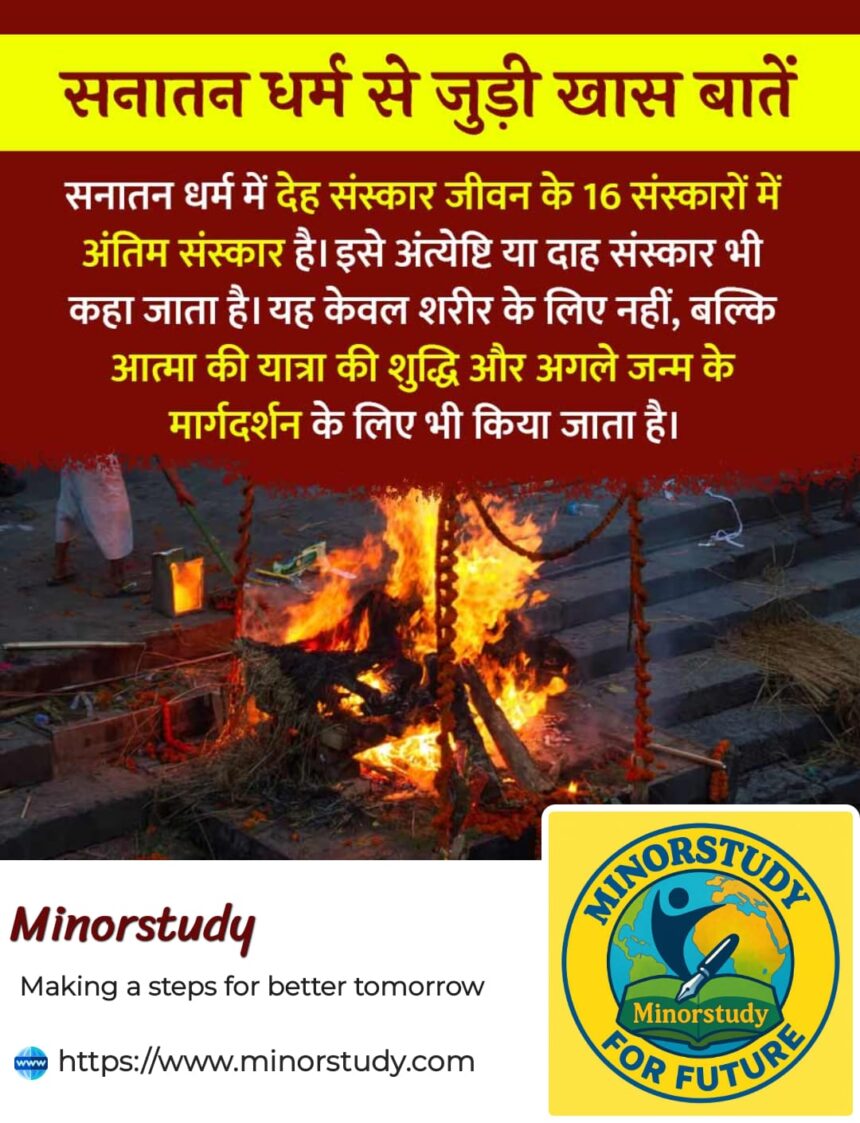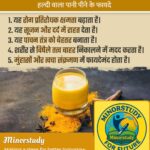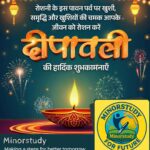Discover 7 profound facts about Antyeshti Sanskar in Sanatan Dharma. Explore its history, rituals, significance, soul’s journey, and its deep societal impact in this spiritual 1200+ word article.
🕉️ Introduction: The Soul’s Sacred Sendoff in Sanatan Dharma
Antyeshti Sanskar: In the timeless philosophy of Sanatan Dharma, life is seen not just as a biological journey, but as a spiritual passage across multiple births, deaths, and rebirths. At the culmination of this journey lies a deeply sacred rite: Antyeshti Sanskar, or the last rites.
- 🕉️ Introduction: The Soul’s Sacred Sendoff in Sanatan Dharma
- 🕯️ What is Antyeshti Sanskar?
- 📜 Historical Background & Scriptural References
- 📅 Timeline of Antyeshti Rituals (Generally Spanning 13–16 Days)
- 🪔 Step-by-Step Rituals in Dahan Sanskar
- 📌 7 Deep Facts About Antyeshti Sanskar
- 🙋♂️ FAQs About Antyeshti Sanskar
- 🔹 Is cremation compulsory in Sanatan Dharma?
- 🔹 Who can perform Antyeshti?
- 🔹 Can women attend cremations?
- 🔹 Why is the body burned and not buried?
- 🔹 Is Antyeshti only for Hindus?
- 🕊️ Significance in Life and Society
- 🙏 Observance and Cultural Practices
- 💐 Wishing Messages of Peace and Moksha
- 🔍 Important Points to Remember
- 🪷 Conclusion: The Eternal Flame of Dharma
Often misunderstood as merely the act of cremation or funeral, Antyeshti is in fact a highly symbolic and spiritual process aimed at liberating the soul (Atman), purifying residual karma, and guiding it toward the next stage of existence. This sanskar, the 16th among the Shodasha Samskaras, represents not an end, but a transition—a bridge to the eternal.
Let us explore the history, meaning, rituals, facts, and spiritual significance of this ancient and awe-inspiring practice.
🕯️ What is Antyeshti Sanskar?
In Sanskrit, Antya means “last” and Ishti means “offering” or “sacrifice.” So, Antyeshti literally translates to the final offering or the last sacred act performed for a soul in its bodily form.
In Sanatan Dharma, Antyeshti is believed to:
Liberate the soul (Atma) from its physical attachment.
Cleanse remaining Karmic residue.
Ensure peaceful transition to the next birth or Moksha.
Express gratitude for the soul’s earthly presence.
Allow family members to cope, heal, and fulfill dharma.
📜 Historical Background & Scriptural References
The origins of Antyeshti Sanskar can be found in:
Rigveda (Mandala 10.16): Mentions Agni (Fire) carrying the soul to the Pitrloka.
Garuda Purana: Offers detailed procedures and symbolic meanings of post-death rituals.
Manusmriti and Dharmashastras: Outline responsibilities of kin and societal obligations.
Mahabharata & Ramayana: Portray Antyeshti of warriors like Bhishma and kings like Dasharatha.
The Vedic sages viewed cremation not merely as disposal of the body but as agni-samskara, the transformation of the body into its elemental form through fire (Agni), the divine messenger.
📅 Timeline of Antyeshti Rituals (Generally Spanning 13–16 Days)
| Day | Ritual / Observance | Spiritual Meaning |
|---|---|---|
| Day 1 | Antyeshti (cremation) | Liberation of the soul from the body through fire |
| Day 3/5 | Asthi Visarjan (ashes immersion) | Returning the body to nature; releasing identity |
| Day 10 | Dashah | End of mourning period; soul begins its new journey |
| Day 12–13 | Sapindikaran | Integrating the soul with ancestors (Pitrs) |
| Day 16 | Shodashi Shraddha | Completing the cycle; praying for peace and rebirth |
🪔 Step-by-Step Rituals in Dahan Sanskar
Snana and Shuddhi (Body Bath and Cleansing)
The deceased’s body is bathed and dressed in plain white cloth (preferably cotton).
The head is placed to the north or east direction symbolizing spiritual ascension.
Tilak and Tulsi Placement
Tulsi leaves and Ganga jal are placed in the mouth for purification and divine contact.
Mantra Patha and Sankalp
Priests chant sacred mantras (like Om Namo Narayanaya) while the family takes the Sankalpa.
Mukhagni (Final Fire Offering)
Usually, the eldest son lights the pyre—a symbolic act of offering the body to Agni.
This also signifies fulfilling Putra Dharma.
Asthi-Sanchayan and Asthi Visarjan
Ashes are collected on the next day and immersed in a sacred river (e.g., Ganga, Godavari).
Pind Daan and Shraddha
Offerings of rice balls (Pinda) and tarpan (water) are made for the soul’s nourishment.
📌 7 Deep Facts About Antyeshti Sanskar
🔥 Fire is used as a purifier, not as a destroyer—representing the divine force.
🌿 Ganga water and Tulsi are essential to sanctify and energize the departed soul.
📿 Mukhagni is not gender-limited in modern times; daughters also perform it in many families.
🧠 The mantra “Ram Naam Satya Hai” is not just a chant but a reminder of truth and mortality.
👣 The soul is believed to stay near the body for up to 10 days, requiring ritual guidance.
🌌 The Atma is eternal; only the body perishes—a key belief in Sanatan Dharma.
🤲 Pind Daan in Gaya or Prayag is believed to free the soul from Pitru Rina (ancestral debts).
🙋♂️ FAQs About Antyeshti Sanskar
🔹 Is cremation compulsory in Sanatan Dharma?
Traditionally, yes, for most varnas and male family members. However, sannyasis and children are often buried.
🔹 Who can perform Antyeshti?
Primarily the eldest son, but in today’s society, daughters or close kin can also perform it.
🔹 Can women attend cremations?
Traditionally discouraged, but modern interpretations allow participation with dignity and reverence.
🔹 Why is the body burned and not buried?
Fire is the fastest purifier and helps in returning the five elements (Pancha Mahabhutas) to their sources.
🔹 Is Antyeshti only for Hindus?
While rooted in Sanatan Dharma, similar cremation rituals exist in Buddhist and Jain traditions.
🕊️ Significance in Life and Society
🧘 1. Spiritual Closure
Antyeshti provides spiritual closure to the soul and its family. It is a final act of dharma for the deceased.
🫂 2. Emotional Healing
Rituals help mourners express grief, find support, and regain emotional strength.
🌱 3. Ecological Awareness
Traditional cremation emphasizes biodegradable materials, hinting at sustainability rooted in ancient wisdom.
👪 4. Family and Ancestral Bond
Strengthens inter-generational connections through Shraddha and remembrance.
🙏 Observance and Cultural Practices
In rural India, Antyeshti is performed with community involvement.
Urban areas now offer electric crematoriums, but traditional rites continue before.
Many also perform annual Shraddha, especially on Pitru Paksha, honoring departed souls.
💐 Wishing Messages of Peace and Moksha
Here are some respectful and dharmic ways to convey condolences:
🕊️ “May the departed soul attain Sadgati and eternal peace. Om Shanti.”
🌺 “Let the divine Agni guide the Atma toward Moksha. Our prayers are with the family.”
🪔 “In Sanatan Dharma, no soul dies—it simply journeys home. May that journey be light and pure.”
🔍 Important Points to Remember
It’s not death, but a return to the source—Antyeshti guides this return.
Fire, water, mantra, and mind are four key vehicles in this sacred sanskar.
It’s a spiritual responsibility of family, not just a religious tradition.
Every soul matters—even unclaimed bodies receive rites in Sanatan Dharma.
Modern interpretations allow flexibility, while maintaining core values.
🪷 Conclusion: The Eternal Flame of Dharma
In a world obsessed with beginnings, Sanatan Dharma reveres endings just as deeply. The Antyeshti Sanskar is a deeply philosophical act—not of despair but of hope, truth, and spiritual liberation.
It teaches us that death is not final—it’s a passage into the subtle world, where karma, consciousness, and devotion decide the next path. By understanding and performing this rite with love and clarity, we uphold Dharma, humanity, and the timeless flow of the soul.
Antyeshti is not about what is left behind, but about what lies ahead for the Atman.








